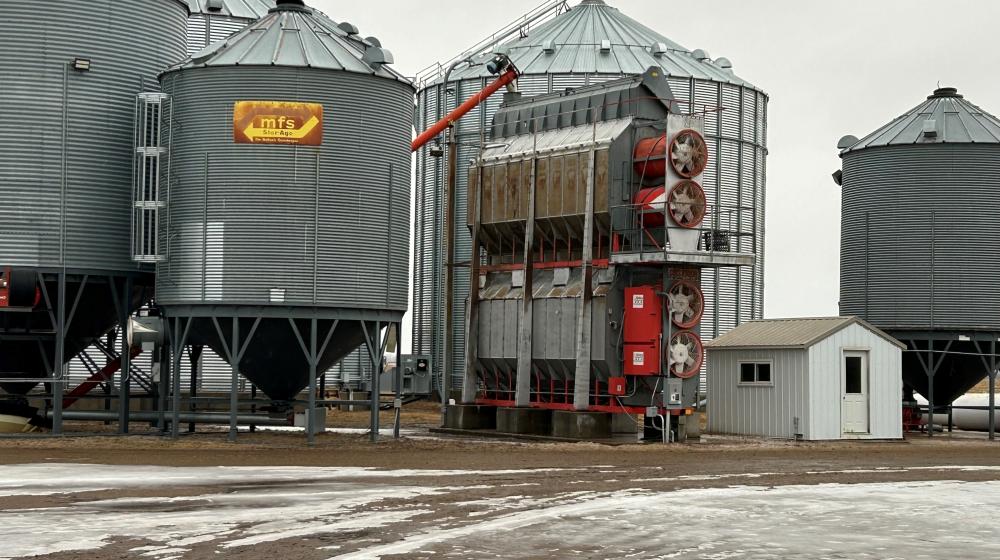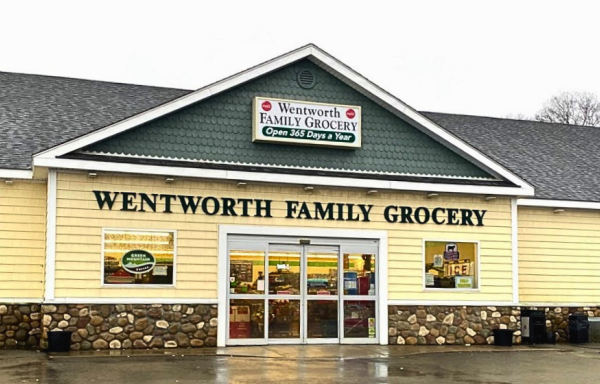
The State of North Dakota is roughly 70,000 square miles. Agricultural land occupied by family farms and ranches accounts for about 60,000 of those square miles. With the sheer number of acres dedicated to growing and raising our country’s food supply, it comes as no surprise that, according to the USDA National Agricultural Statistics Service, North Dakota’s largest industry ranks first in the nation in its production of 11 different crops and second in an additional 6, mainly a variety of small grains and beans, oats, durum, and rye.
As North Dakota’s farmers and ranchers continue their decades of response to increased demands for productivity, USDA continues its strong commitment to helping farmers and ranchers be more profitable by making opportunities available to expand into new and better markets, generate new revenue streams, and reduce input costs.
Following each year’s harvest, many crops need to be stored and dried to appropriate moisture levels, and grain drying equipment helps serve that purpose. The purchase of grain dryers are significant investments on the front end, especially for smaller farm operations, and are also expensive to run. But many farmers across our state, including one from rural east-central North Dakota, are turning to USDA for some welcomed assistance. A program made available through USDA Rural Development and expanded through the passage of the Inflation Reduction Act gives ag producers an opportunity to modernize their farming systems while lowering their operating costs.
“Our current grain dryer was new to us in 2007 but was made in 1985,” said Jerry Hashbarger, a farmer near Hope, ND, population 273. “It was time to look for a replacement from a safety and production standpoint. The new system has many new features, such as being able to monitor and control it from our phones. We are still able to manually control it, but that added feature is nice to have.”
Upgrading a system while putting together an application for funding through the USDA RD Rural Energy for America Program (REAP) presented some hurdles, but the end goal in terms of potential savings kept him motivated to see it through to the end.
“From working with the grain dryer companies to pick one that works for us, to getting an energy audit, it took some time to get it all done,” said Hashbarger. “I was going to need to get a dryer soon, though, and the money available to help us do this was what made me stick it out.”
And stick it out, he did. For Hashbarger, being awarded a REAP grant to upgrade this needed equipment will help keep the farm operational and profitable for the next generation. At a time when farms are becoming larger in size and fewer in number, Hashbarger, who today farms alongside one of his sons and another son who works with them, has seen firsthand how times – and communities – have changed through the generations.
“When I was growing up, I had a brother and father who farmed. There used to be multiple farmers in this area, but they were the last of their generation, and now, you wouldn’t even know there used to be farmsteads there,” said Hashbarger. “I was on a local Farmer’s Union board for 30 years and the elevator board for 20 years, and the topic of family farms would always come up at the annual meetings.”
“Family farming has always been important to me,” he continued. “It’s so important for the small towns. Our town is 300 people or so and the people in the community have been good in trying to find ways to keep this viable and farmers are a big part of it.”
Just like Hashbarger is committed to the future of his family farm and the nearby community helping to support it, USDA RD is committed to helping all rural communities thrive as it makes resources available to expand economic opportunity and improve the quality of life for those living in them.
To learn more about opportunities with USDA RD, reach out at (701) 530-2042, www.rd.usda.gov/nd or by email at info@nd.usda.gov.

